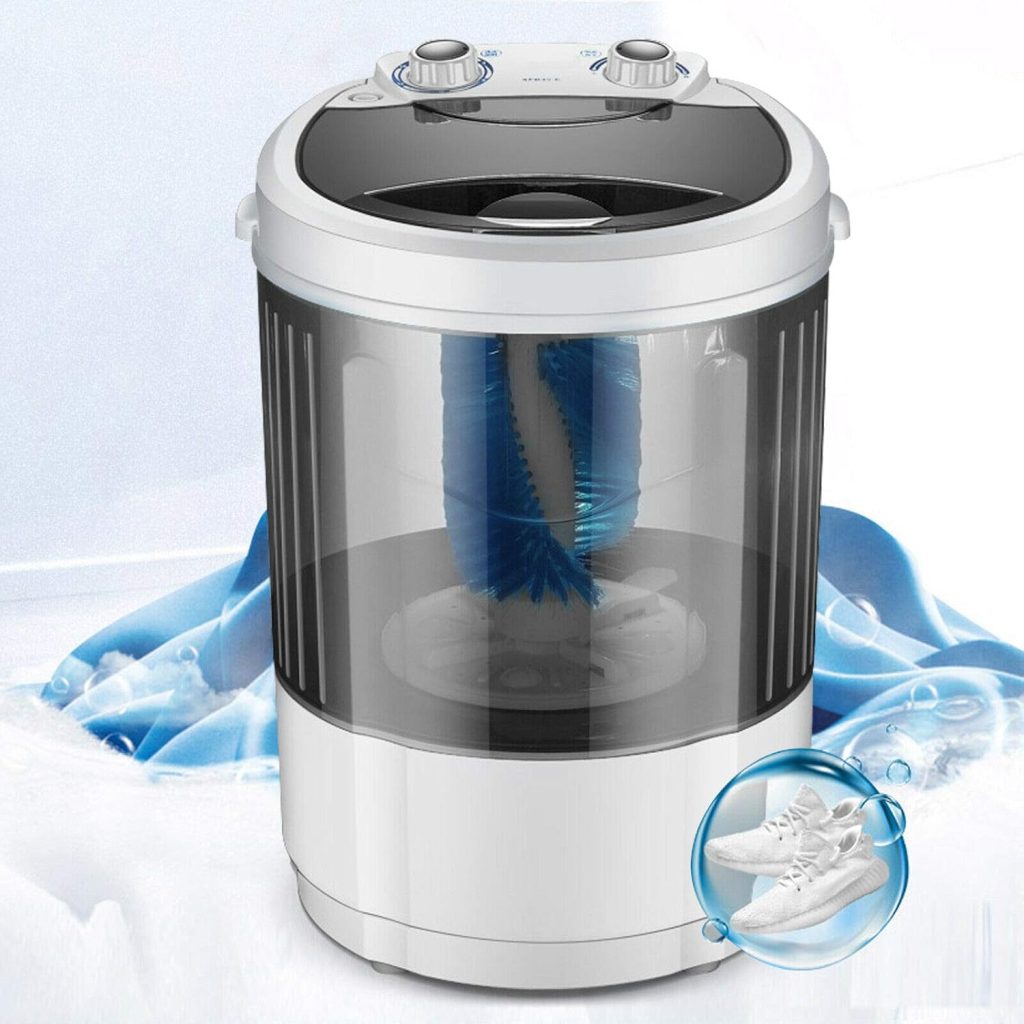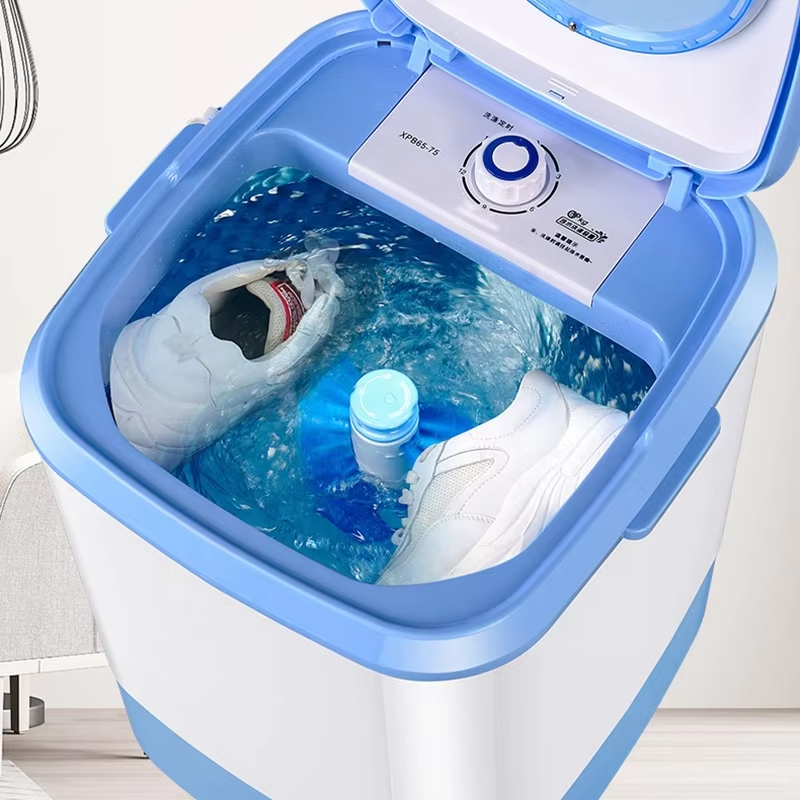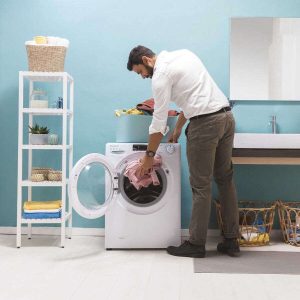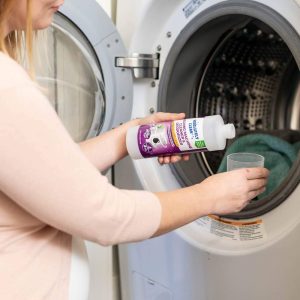How to Wash Stinky Shoes in a Washing Machine?
Dealing with persistent shoe odor can be quite challenging, especially for individuals who are constantly on the move or spend extended periods on their feet. One of the most efficient solutions to this problem is learning how to wash stinky shoes in a washing machine. This guide will take you through the necessary steps to ensure your shoes emerge both clean and odor-free.
Understanding the Basics of Shoe Cleaning
Before diving into the specifics of washing shoes in the machine, it’s crucial to understand a few basic principles of shoe cleaning. Proper shoe care not only removes bad odors but also prolongs the life of your shoes.
Why Do Shoes Smell?
Shoes often smell due to a combination of sweat, bacteria, and mold. When your feet sweat, it creates a moist environment inside the shoe. This moisture serves as a breeding ground for bacteria, which produce foul-smelling compounds as they grow and multiply.
Materials Matter
Not all shoes are created equal, and the material they’re made from can affect how they should be washed. Common shoe materials include:
- Leather: Requires more delicate care and typically should not be machine washed.
- Canvas: Generally safe for machine washing.
- Synthetic Materials: Often durable enough for machine washing but still require careful handling.
Preparing Shoes for Washing
Before placing your shoes in the washing machine, some preparation steps are necessary to ensure thorough cleaning and to prevent damage.
Remove Laces and Insoles
Removing the laces and insoles from your shoes is a crucial first step. Laces and insoles can tangle and degrade in the wash, so cleaning them separately is best.
Clean Off Excess Dirt
Knock off any loose dirt or mud from your shoes. This step prevents dirt from clogging your washing machine and ensures more effective cleaning.
Pre-Treat Stains
If your shoes have noticeable stains, pre-treat them with a gentle detergent or stain remover. Apply the solution to the stained area and let it sit for a few minutes before washing.
Use a Mesh Laundry Bag
Placing shoes in a mesh laundry bag can protect both your shoes and your washing machine. The bag minimizes the risk of your shoes banging around during the wash cycle.
Choosing the Right Detergent and Settings
Using the correct detergent and machine settings is crucial for effectively washing your shoes without damaging them.
Selecting the Detergent
Opt for a mild detergent to avoid damaging the materials of your shoes. Harsh detergents can weaken fabrics and degrade synthetic materials over time.
Machine Settings
- Water Temperature: Use cold or lukewarm water to prevent any heat-related damage.
- Cycle Type: Choose a gentle cycle to minimize wear and tear.
- Spin Speed: A lower spin speed reduces the chances of your shoes getting misshapen or damaged.
Washing the Shoes
Now let’s move on to the actual process of washing your shoes.
Load the Washing Machine
After placing your shoes in a mesh laundry bag, add them to the washing machine. It’s a good idea to throw in some towels as well to balance the load and reduce noise from the shoes banging around.
Add Detergent
Measure the right amount of detergent based on the load size and the level of dirt on your shoes. Pour the detergent into the machine’s designated detergent compartment.
Start the Wash Cycle
Start the machine on your predetermined settings. Most washing cycles take about 30-40 minutes, but the exact time will depend on your machine model and settings.
Post-Wash Care
Proper post-wash care is essential to ensure your shoes retain their shape and freshness.
Air Dry Your Shoes
Never use a dryer to dry your shoes as the heat can cause materials to warp and adhesives to melt. Instead, follow these steps:
- Remove from Washing Machine: Take your shoes out of the washing machine immediately after the cycle is complete.
- Pat Dry: Use a clean towel to pat the shoes dry and absorb any excess moisture.
- Stuff with Newspaper: Insert crumpled newspaper or paper towels into the shoes to help them retain their shape and speed up the drying process.
- Air Dry: Place the shoes in a well-ventilated area, away from direct sunlight and heat sources, to air dry. This process can take up to 48 hours, depending on the material and climate.
Clean the Laces and Insoles
While waiting for your shoes to dry, take some time to clean the laces and insoles.
- Laces: You can either handwash the laces with mild detergent or place them in a small mesh bag and throw them into the washing machine.
- Insoles: Handwash the insoles with a soft brush and mild detergent. Rinse thoroughly and let them air dry.
Reassemble Your Shoes
Once your shoes, laces, and insoles are completely dry, you can reassemble them. Insert the dry insoles back into the shoes, lace them up, and they should now be fresh and clean.
Extra Tips for Maintaining Freshness
Even after a thorough wash, maintaining the freshness of your shoes requires ongoing effort.
Use Deodorizing Products
There are numerous deodorizing sprays and powders designed to keep shoes smelling fresh. Consider using these products regularly.
Wear Socks
Wearing socks can significantly reduce the amount of sweat that ends up in your shoes, thereby reducing odor.
Rotate Your Shoes
Rotating between different pairs of shoes gives them time to air out and dry between uses, which helps prevent the buildup of odor and bacteria.
Store Shoes Properly
Avoid storing shoes in damp or sealed environments. Instead, keep them in a well-ventilated area to promote airflow.
Troubleshooting Common Issues
Sometimes, the standard washing process might not address all issues, or you could encounter new problems. Here are some common issues and how to handle them:
Persistent Odor
If your shoes still smell after a wash, consider a second wash or a more concentrated pre-treatment. Additionally, you can use natural deodorizers like baking soda or activated charcoal inserts.
Shape Distortion
In case your shoes lose their shape during washing, the problem might be due to an imbalance in the machine or not stuffing them properly during drying. Always ensure you use a mesh bag and stuff the shoes with newspaper to maintain their shape.
Residual Soap
If you notice soap residue on your shoes after washing, run an extra rinse cycle to remove it. Using less detergent next time might also help.
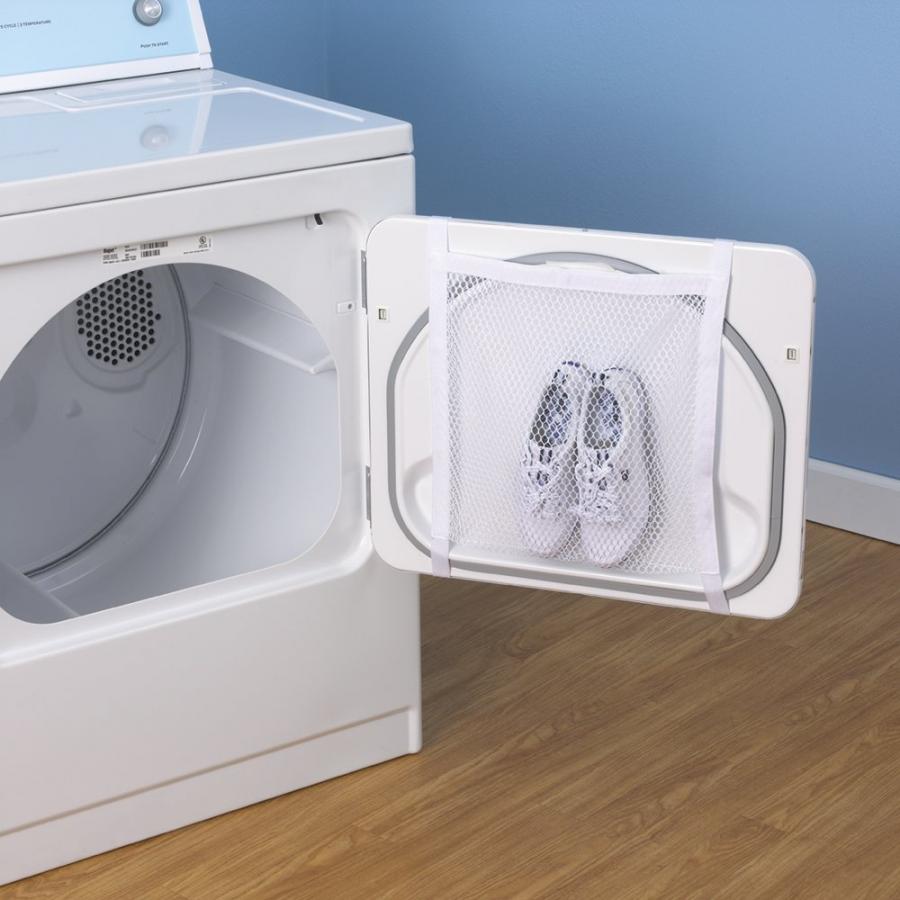 Specialized Shoe Types
Specialized Shoe Types
Different types of shoes require slightly different care, especially when washing in a machine.
Athletic Shoes
Athletic shoes are designed to withstand more wear and tear and are generally safe for machine washing. However, always follow the manufacturer’s guidelines.
Casual Sneakers
Most casual sneakers can be machine-washed safely. Pay close attention to the material and condition of the shoes before washing.
High-End or Specialty Shoes
Shoes made from delicate materials like suede, high-end designer shoes, or those with specific features might require specialized care. These should typically be hand-washed or treated by a professional.
Environmental Considerations
When washing shoes, consider the environmental impact of your actions.
Water Consumption
Washing shoes in a machine uses a significant amount of water. Only wash them when necessary, and try to time it with other laundry loads to maximize efficiency.
Eco-Friendly Detergents
Using eco-friendly detergents reduces the environmental impact. These detergents are biodegradable and often free from harsh chemicals.
Energy Use
Opt for energy-efficient washing machines and wash cycles to minimize electricity consumption.
Conclusion: how to wash stinky shoes in washing machine
Learning how to wash stinky shoes in a washing machine is a straightforward and effective way to eliminate odors and keep your footwear looking pristine. By following detailed steps and tips, you can ensure your shoes are thoroughly cleaned and maintained, extending their lifespan and enhancing their comfort. Always customize your cleaning method according to the material and type of shoe to prevent any damage and achieve optimal results. With the right care, your shoes can stay fresh, clean, and odor-free.
